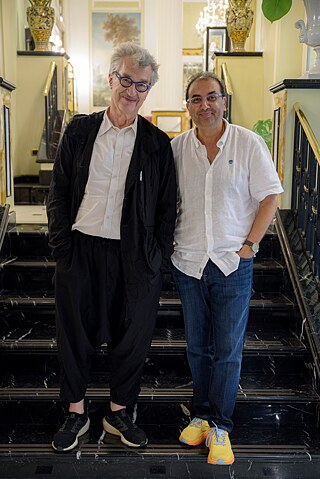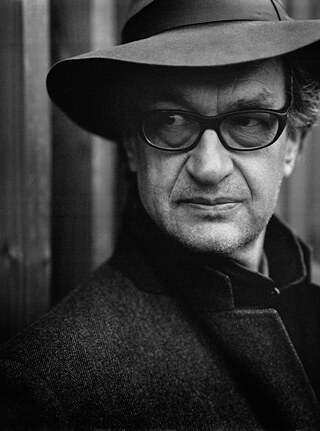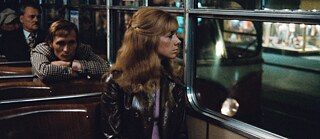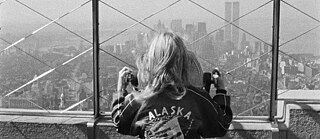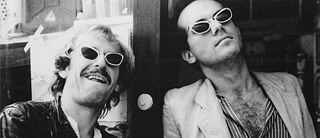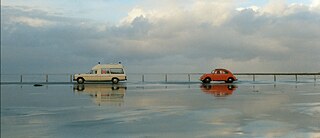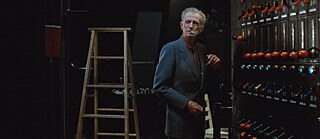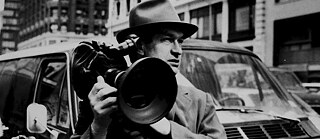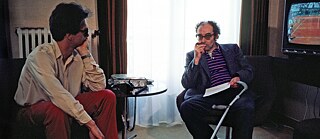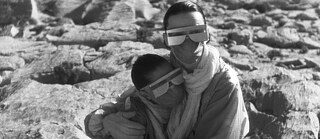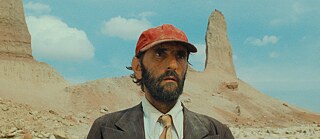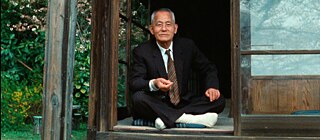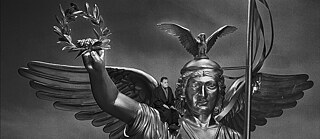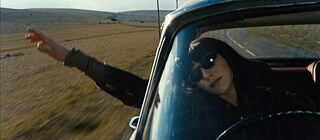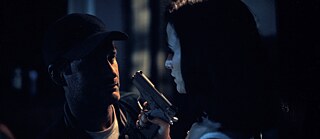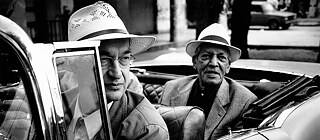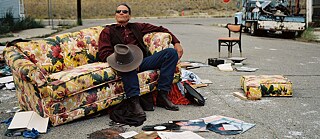Wim Wenders – King of the Road – The India Tour
Wim Wenders (born 1945 in Düsseldorf) became internationally known as one of the protagonists of the New German Cinema of the 1970s... more
Cities and Schedule
Tour Highlights

Wim Wenders - Kalaghoda, Mumbai | © Goethe-Institut Mumbai & Film Heritage Foundation, Foto: Anurag Banerjee

Wim Wenders visiting Mumbai | © Goethe-Institut Mumbai & Film Heritage Foundation, Photo: Kanishka Ingle

Opening Evening at Regal Cinema, Mumbai | © Goethe-Institut Mumbai & Film Heritage Foundation, Photo: Kanishka Ingle

Wim Wenders - King of the Road - Mumbai | © Goethe-Institut Mumbai & Film Heritage Foundation, Photo: Kanishka Ingle

Crowd at entrance for Masterclass | © Goethe-Institut Mumbai & Film Heritage Foundation, Photo: Kanishka Ingle

Filmmakers Forum in Mumbai | © Goethe-Institut Mumbai & Film Heritage Foundation

Filmmakers Forum in Mumbai - Group Photo | © Goethe-Institut Mumbai & Film Heritage Foundation, Photo: Kanishka Ingle

State welcome in Kerala | © Goethe-Institut Mumbai & Film Heritage Foundation, Photo: Karthik Nair

State welcome in Kerala | © Goethe-Institut Mumbai & Film Heritage Foundation, Photo: Karthik Nair

State welcome in Kerala | © Goethe-Institut Mumbai & Film Heritage Foundation, Photo: Karthik Nair

Opening in Kerala | © Goethe-Institut Mumbai & Film Heritage Foundation, Photo: Karthik Nair



Morning walk in Kolkata | © Goethe-Institut Mumbai & Film Heritage Foundation

Wim Wenders in Kolkata | © Goethe-Institut Mumbai & Film Heritage Foundation, Foto: Rajat Dey

Wim Wenders in Kolkata | © Goethe-Institut Mumbai & Film Heritage Foundation, Photo: Rajat Dey

Wim Wenders in Kolkata | © Goethe-Institut Mumbai & Film Heritage Foundation, Photo: Rajat Dey

Wim Wenders in Kolkata | © Goethe-Institut Mumbai & Film Heritage Foundation, Photo: Rajat Dey

Wim Wenders in Kolkata | © Goethe-Institut Mumbai & Film Heritage Foundation, Photo: Swarat Ghosh

Wim Wenders in Kolkata | © Goethe-Institut Mumbai & Film Heritage Foundation, Photo: Rajat Dey

Wim Wenders in Kolkata | © Goethe-Institut Mumbai & Film Heritage Foundation, Photo: Rajat Dey

Wim Wenders in New Delhi | © Goethe-Institut Mumbai & Film Heritage Foundation, Photo: Deepak Yatri

Wim Wenders with Marla Stukenberg, Goethe-Institut & Philipp Ackermann, German Ambassador, New Delhi | © Goethe-Institut Mumbai & Film Heritage Foundation, Photo: Deepak Yatri

Masterclass with Wim Wenders in New Delhi | © Goethe-Institut Mumbai & Film Heritage Foundation, Photo: Deepak Yatri

Wim Wenders - Opening event in New Delhi, 20.02.2025 | © Goethe-Institut Mumbai & Film Heritage Foundation, Photo: Deepak Yatri

At the Goethe-Institut New Delhi, 21.02.2025 | © Goethe-Institut Mumbai & Film Heritage Foundation, Photo: Deepak Yatri

Arrival at the Goethe-Institut New Delhi | © Goethe-Institut Mumbai & Film Heritage Foundation, Photo: Deepak Yatri

All smiles at PVR Centre Plaza at the screening of "Anselm" | © Goethe-Institut Mumbai & Film Heritage Foundation, Photo: Deepak Yatri
25 days | 18 films | 5 cities
Wim Wenders | Catalogue
Partners
The non-profit foundation model ensures that the body of work remains beyond the reach of any form of private self-interest. All proceeds are used to finance the purposes of the foundation: the preservation, restoration, research, and distribution of Wim Wenders’ work, the support of young talents through the Wim Wenders Grant for developing innovative cinematic narration (in partnership with Medienstiftung Nordrhein-Westfalen) and the foundation’s engagement in film education in schools. As of May 2024, a total of 17 feature films and 6 short films by Wim Wenders could be digitally restored, most of them in 4K. They are regarded as exemplary in the relatively new craft of digital film restoration.
A member of the International Federation of Film Archives (FIAF) since 2015, Film Heritage Foundation is the only non-governmental organization in the country working in the field of film preservation.
We preserve a growing collection of about 700 films currently on celluloid and have an archive of about 200,000 objects of film-related memorabilia including cameras, projectors, posters, song booklets, lobby cards, books, magazines, etc. The foundation's programmes span the entire gamut of film preservation activities from preservation of films and film-related memorabilia, film restoration, training programmes, children's workshops, oral history projects, exhibition and festival curation and publication.
We have built an international reputation for excellence. Film Heritage Foundation has been restoring forgotten gems of Indian cinema including Aravindan Govindan’s Malayalam films “Kummatty” and “Thamp̄”, Aribam Syam Sharma’s Manipuri film “Ishanou”, Shyam Benegal’s “Manthan”, Nirad Mohapatra’s Odia film “Maya Miriga” and Girish Kasaravalli’s “Ghatashraddha”. The restored films have been premiered at the Cannes and Venice Film Festivals and screened at festivals, museums and universities around the world.
We have trained over 450 participants in annual film preservation workshops in association with FIAF across India since 2015 that have become the template for FIAF’s global training and outreach programme. Till 2022, these workshops were open to applicants from India, Sri Lanka, Nepal, Bangladesh, Afghanistan, Bhutan and Myanmar while the most recent one was open to participants from across the world.
